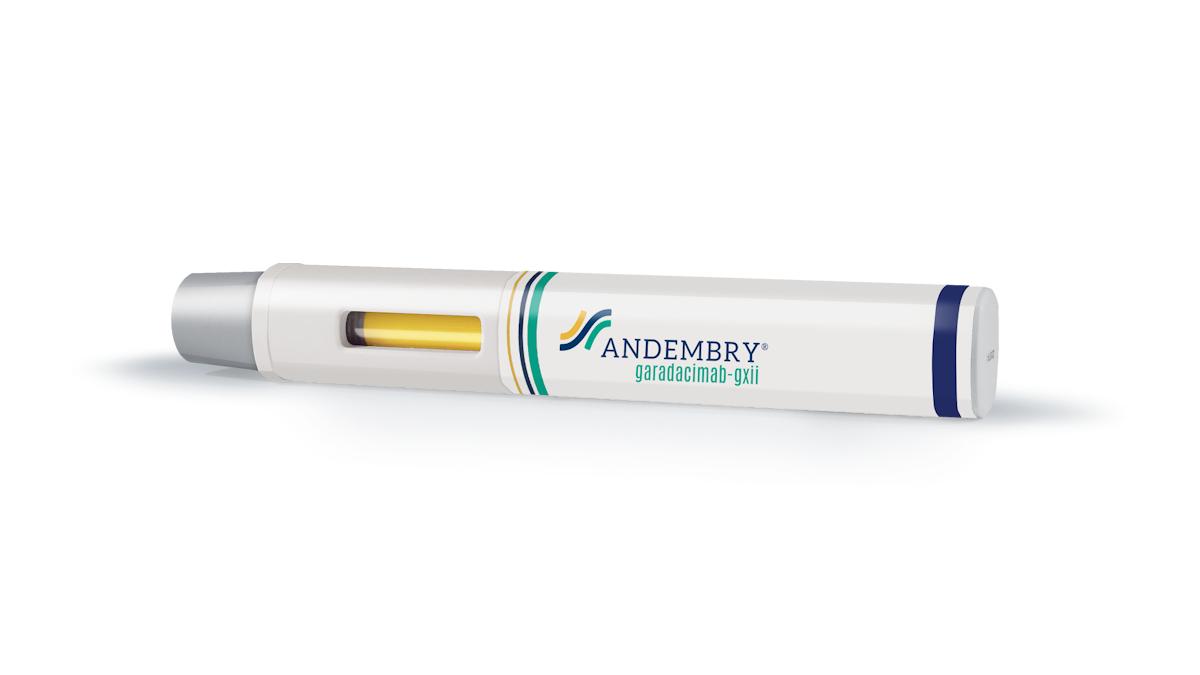Phase 3 trial win sets up rare disease drug filing for CSL

CSL has fleshed out the data from its phase 3 trial of garadacimab, a once-monthly therapy for hereditary angioedema (HAE), preparing regulatory filings and an attempt to wrest market share from Takeda’s big-selling Takhzyro.
The biotech reported the top-line readout from the VANGUARD study of Factor XIIa inhibitor garadacimab last summer, but the full data from the study reported at the American Academy of Allergy, Asthma & Immunology (AAAAI) congress suggests it offers at least as good efficacy as Takeda’s drug, and can also be more convenient to administer.
HAE is a rare genetic disorder estimated to affect about 1 in 10,000 to 1 in 50,000 people worldwide. It can result in unpredictable and potentially life-threatening recurring attacks of debilitating and painful swelling in various parts of the body, which can last for several days and lead to asphyxiation if affecting the airways.
In VANGUARD, a once-monthly subcutaneous injection of garadacimab reduced the average number of monthly attacks by 86.5% compared to placebo, with most patients (61.5%) on CSL’s drug attack-free over the six-month study period versus zero in the control group.
The mean monthly attack rate was 0.22, compared to an average of around two at enrolment, and the therapy was also well-tolerated, with no drop-outs due to side effects.
The results compare well with plasma kallikrein inhibitor Takhzyro (lanadelumab) in HAE, which is given by subcutaneous injection every two weeks, but can be reduced to once a month if patients’ symptoms are well-controlled for six months.
Takhzyro achieved an 87% reduction in the number of HAE attacks over a six-month period compared to placebo in its main efficacy study, with the mean monthly attacks 0.26 at six months.
That is to say, there is little to choose between the two therapies – at least when trying to compare studies with different designs – and it suggests CSL’s success in the market will hinge on garadacimab’s less frequent dosing and potentially other factors, such as pricing.
Takeda’s drug has been widely tipped to become the dominant option for HAE attack prevention and make blockbuster sales, and is on course to achieve that, with sales predicted to reach 125 billion yen ($917 million) in the current fiscal year.
Also vying for market share is BioCryst Pharma’s Orladeyo (berotralstat), which is given orally once a day and is being targeted towards HAE patients with fewer attacks, as well as those with difficult venous access and needle phobia. It is growing well, topping $251 million in sales last year, doubling its tally for 2021.
If approved, garadicimab will slot into CSL’s product line alongside two C1 esterase inhibitor medicines, namely Berinert, which is administered by intravenous injection to treat HAE attacks, and Haegarda, which is given twice-weekly as a subcutaneous injection for prevention.
Growth of Haegarda and Berinert has all-but stalled since the rival therapies emerged, with the two drugs gaining 1% to $224 million and 4% to $131 million, respectively, in the first six months of CSL’s current fiscal year.












